Rising Fuel Costs – What Are Your Best Defenses?
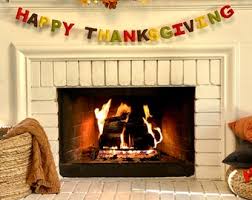 As we enter the holiday season, we want to express our gratitude for you and wish you a blessed Thanksgiving and an abundance of great health and joy.
As we enter the holiday season, we want to express our gratitude for you and wish you a blessed Thanksgiving and an abundance of great health and joy.
Talk about crazy new England weather! Do we put a fan or the heat on? The way it’s been we could do both in any given day. However, we all know it is Mid November and the temperature will drop, and we will have winter.
With energy prices expected to skyrocket this winter, local fire officials are urging home heating safety for residents who plan to use fireplaces, wood stoves and other solid fuel heating appliances at home.
Massachusetts fire officials issued a home heating safety reminder after recent reports showing a major jump in oil, natural gas and electricity prices during this winter heating season.
We expect that more people will use their fireplace, wood stove or other solid fuel to heat their homes this winter.
Call Us at 877-959-3534 for Chimney Service
Here are your best defenses against the rising costs:
Make Sure You Have a Working Damper
A damper is a lever or pulley activated door within your chimney and must remain open while the fireplace is in use. There are conventional throat dampers that sit right above the firebox or a top sealing damper. Top sealing dampers mount on top of the chimney and seals with a rubber gasket. There is a cable that runs down the flue attaching in the firebox for access. Top sealing dampers are favored because they can save you money on heating and air conditioning costs and help prevent debris from entering.
Proper Venting for Your Heating System
When it comes to chimneys, it’s not “one size fits all” concerning venting your heat or hot water. Most homeowners upgrade their heating equipment for the promise of savings on the fuel costs, but the savings aren’t always there if you’re plugged into an outdated structure. Whether you’re heating and hot water equipment is months old or years old, retrofitting your venting system is a long term cost-saving decision.
Install a Wood Stove
The design and technology that goes into creating modern wood burning stoves is quite a bit different from that which was found in the stoves of yesterday.
Today’s wood stoves are excellent heat sources as well as being quite nice to look at. The biggest advantage homeowners have with a wood burning stove is the quality of heat the unit gives off. Woods stoves operate on the principal of radiant heat, which warms an area faster and more efficiently than warm air being blown through a home’s vent system. The powerful heat from a wood stove radiates from all sides of the unit as well as the top, sending warmth in all directions. Want to heat an even bigger area? Add a blower for even more circulation.
Have the Fireplace Lining Checked
A chimney liner is, in fact, a lining that goes in the flue of the chimney. The flue is a tunnel or passageway located within the chimney structure. A flue lining is made of clay, ceramic, or metal conduit and is intended to contain the burning products and direct them to the outside atmosphere while protecting the chimney walls from heat and corrosion (similar to an exhaust for a car). Making sure that your flue lining is intact will improve efficiency within the system.
Call Us at 877-959-3534 for Chimney Service
Get A Gas Insert
Gas fireplaces are making a major comeback. Let’s consider a fire that needs no tending, requires minimal cleanup, and provides heat for your home. That’s what you get with today’s gas fireplaces. Modern versions are very realistic. They have glowing red embers and tall orange-yellow flames that dance and flicker around ceramic-fiber logs molded from the real thing. Gas inserts are very efficient and quickly contribute added warmth to any space.
The post Rising Fuel Costs – What Are Your Best Defenses? appeared first on Boston’s Best Chimney.
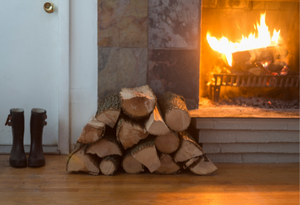
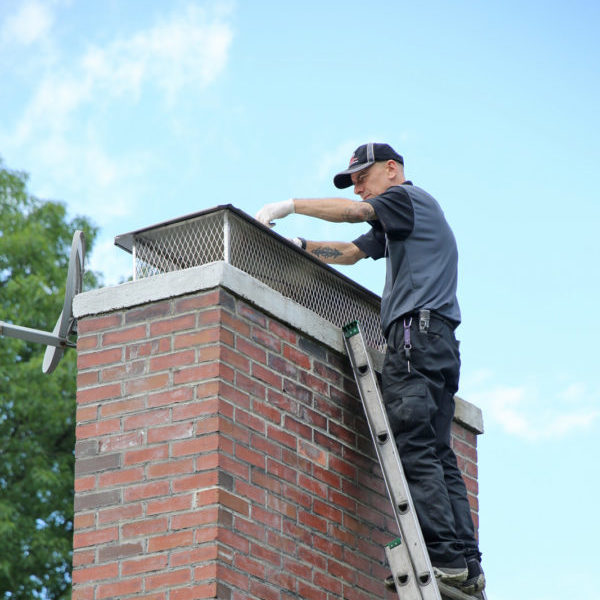 Keeping Snow Out Of Your Chimney
Keeping Snow Out Of Your Chimney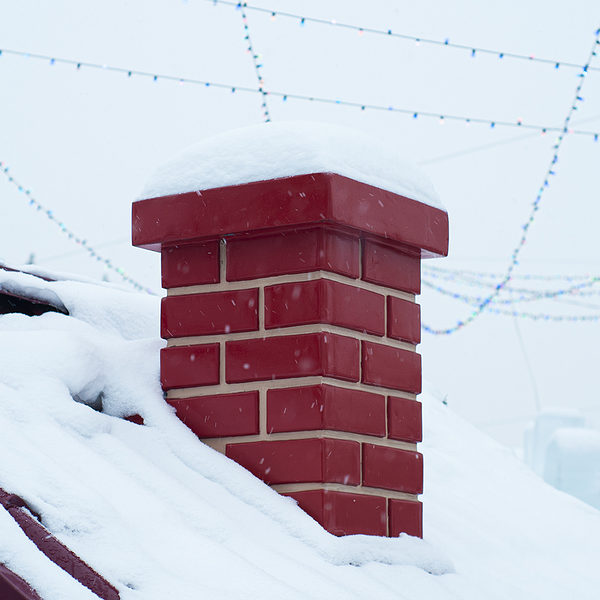 Preparing Your Chimney For Winter
Preparing Your Chimney For Winter
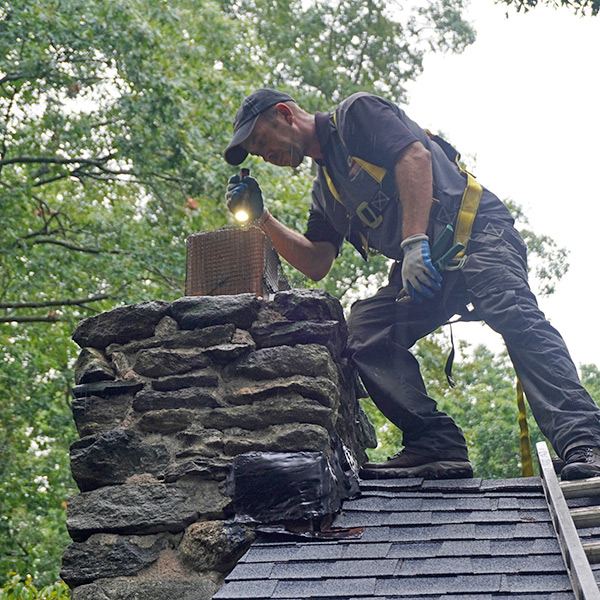 A cracked flue can lead to a house fire
A cracked flue can lead to a house fire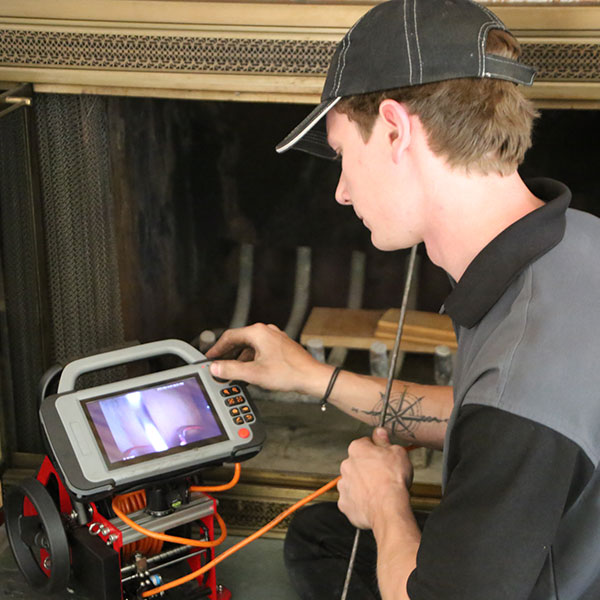 Homeowner’s Insurance
Homeowner’s Insurance
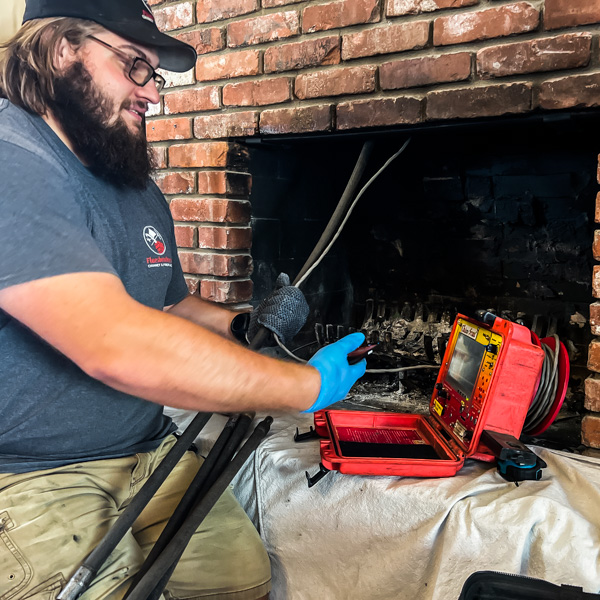 Why your chimney must be inspected
Why your chimney must be inspected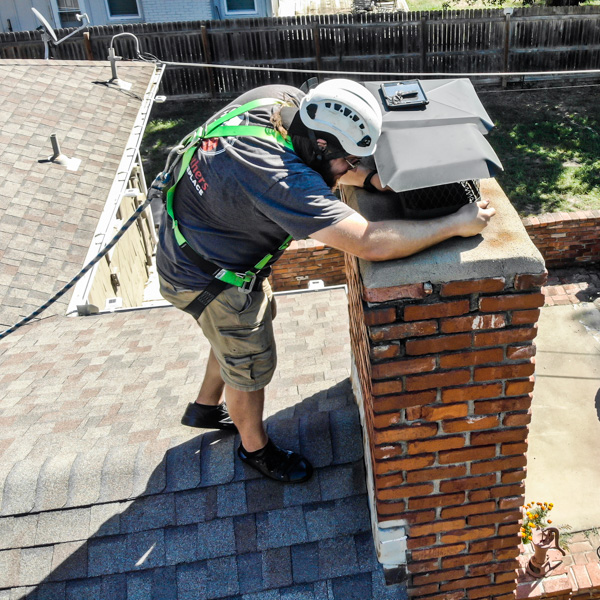 4. When you’re moving into a new home with a fireplace and chimney
4. When you’re moving into a new home with a fireplace and chimney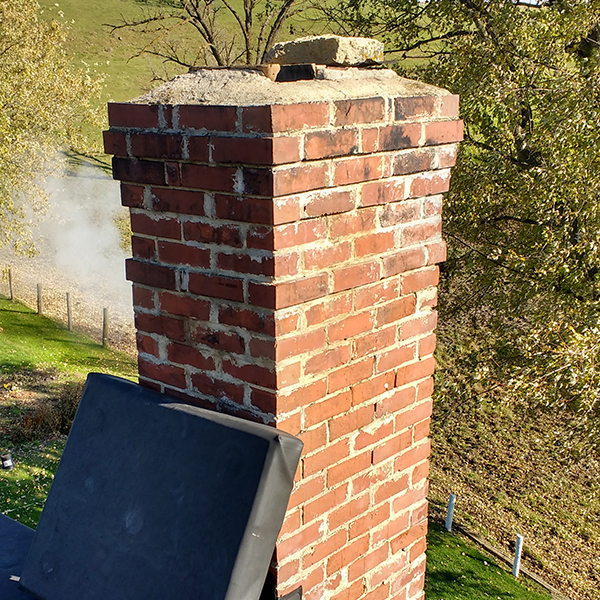
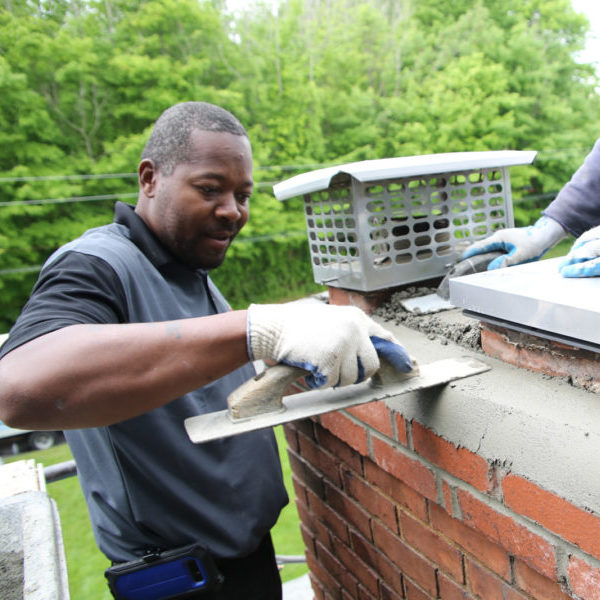 Water damage
Water damage